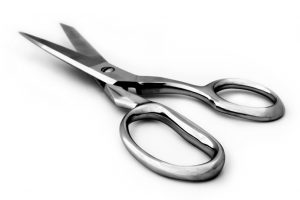
The first step when you get your new printer is to open the Getting Started Guide and follow the instructions there. If you do the steps out of order your printer may not install correctly.
You will need to unpack the printer and take care to remove all the packing materials – some of these may be inside the printer and they will be placed there to protect delicate parts in transit. It is important that these removed before operating the printer. Once unpacked, place the printer where it will be kept on your desk or on a table. Only plug it into the power outlet and into your computer when the setup instructions say to do so.
You can also select the type of paper you are printing on. It is important, for example, when you’re printing photos on photo paper that you select photo paper as the paper type. This ensures that the printer uses the right amount of ink for the paper – photo paper is glossy and it doesn’t need a lot of ink – if the printer uses too much ink then it will bead and it won’t dry properly and your photos will smear. Likewise selecting Plain or Bond as the paper type for regular documents and letters will ensure that they print correctly.











